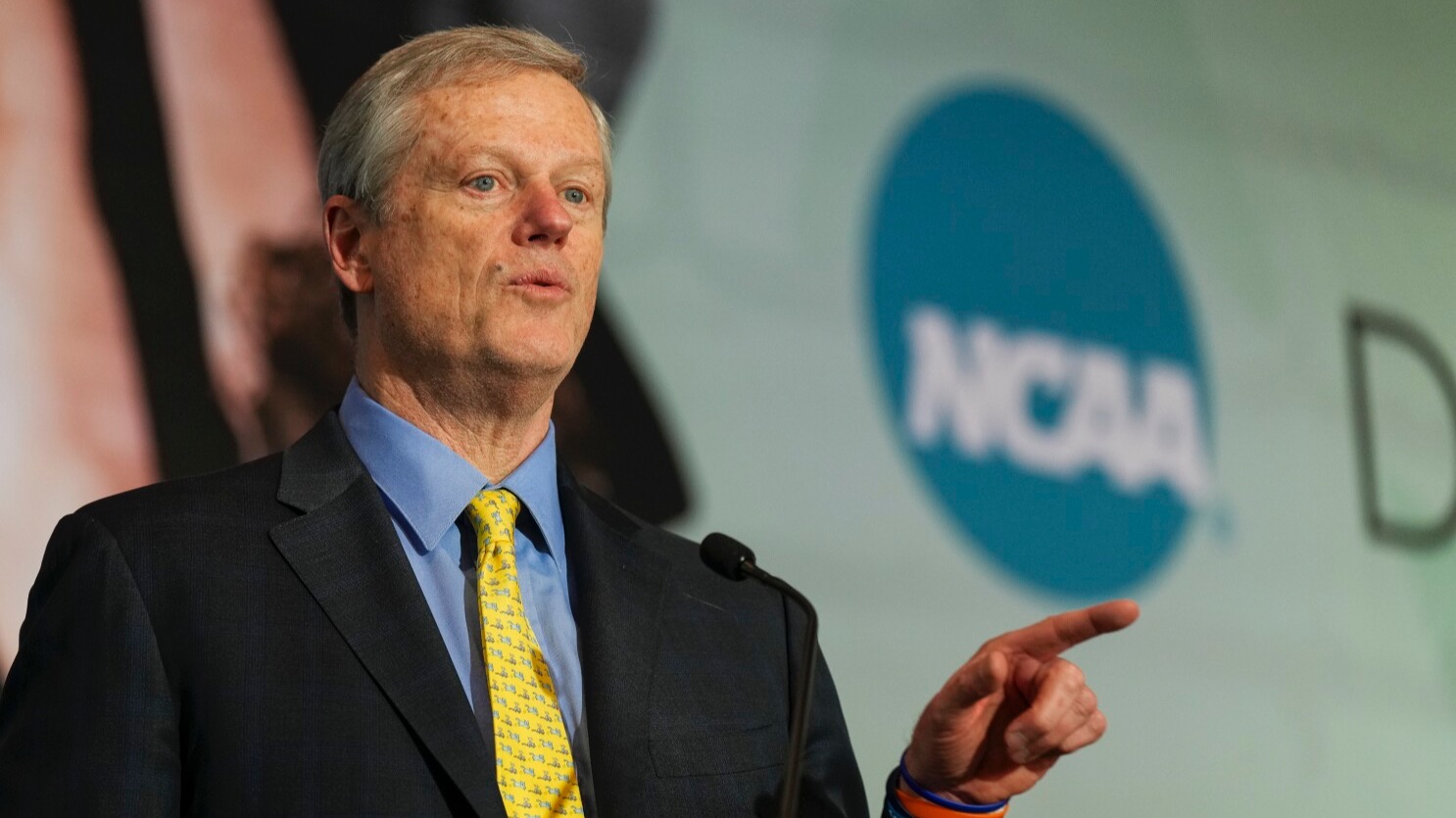How Female Student-Athletes Have Capitalized on their NIL
May 06, 2023
On June 23, 1972, Title IX was passed into legislation to prohibit sex-based discrimination in any school or any other education program that receives funding from the federal government. In simpler terms, Title IX helps to protect people from discrimination based on their gender at federally funded institutions. Title IX increased female participation in sports, as it broke down the barriers that women previously faced. To put it into perspective – while only 300,000 women participated in sports in 1972, that number rose to more than 3 million in 2012, according to History.com.
Nearly 50 years since Title IX, women are thriving in the sports world and now the NIL world. Through NIL opportunities, female athletes are able to build their personal brands and are now gaining financial stability which can be beneficial for their athletic careers and so on.
Listed below are a few notable NIL deals that females have had:
University of Connecticut women’s basketball guard Paige Bueckers became the first collegiate athlete to sign with Gatorade, and also has deals with Stockx and Chegg. Bueckers is thought to make about $63k per social media post, and Forbes estimates that she could eventually reach $1 million in endorsements.
UCLA basketball commit Jada Williams is the 20th-ranked player in her class and is one of the first high school athletes to have signed an NIL deal when she signed with Spalding. She is also an ambassador for Gymshark and Damian Lillard’s Move Insoles. Not only is she setting the stage for high school student-athletes in the NIL world, but Williams is also keen on inspiring younger females to share the same passion for basketball she has and use their motivation to succeed.
In May, Nike made headlines for signing the company’s first high school NIL deal with California soccer players and Stanford commits, Alyssa and Giselle Thompson. Nike’s first NIL deal at any level was with UCLA women’s soccer player Reilyn Turner in December.
For athletes with a more modest social media following, the athlete tends to have to take initiative in order to obtain deals. For example, USC beach volleyball player Julia Scoles took matters into her own hands and reached out to brands she wanted to partner with, as she was not a huge target for companies. Although she has a smaller following of about 11,000 followers, Scoles is now a Free People activewear ambassador after messaging the company.
While these examples may be promising, it is important to note that 73.5% of NIL compensation among Division 1 athletes goes to men, as per Opendorse. While the ability to profit off their name, image, and likeness will open more doors for female athletes, it also may contribute to the gap between opportunities for men and women in the sports world. Thus, although Title IX was monumental for female student-athletes, there is still much to be done to ensure females are given equal chances at success.

To learn more about Female Student-Athletes and NIL, check out the CleanKonnect NIL Certification Course.
Stay in the loop with key NIL Happenings!
Join our mailing list to receive weekly NIL newsletters on key developments in the NIL landscape.
We love NIL, but hate SPAM. We will never sell your information, for any reason.





